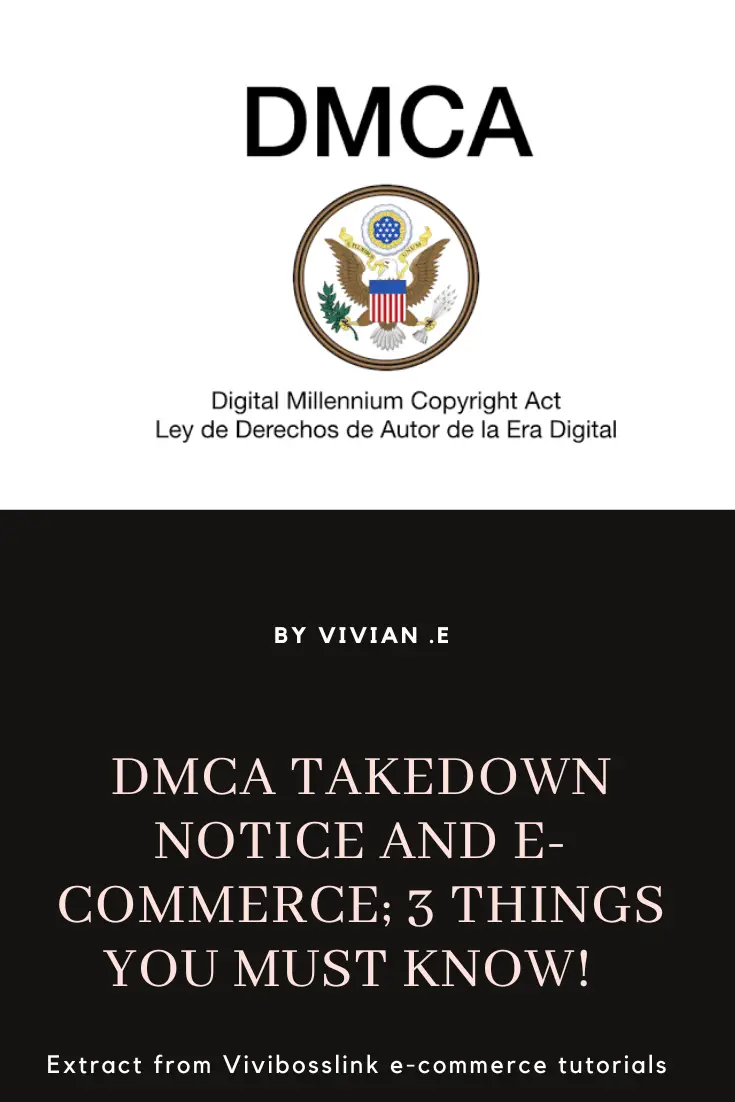
Creating a replica e-commerce site based on a successful competitor might seem like a shortcut to success, but as you’ve discovered, it doesn’t always lead to immediate sales.
Here are some key insights into why your replica site might not be performing as expected:
1. Trust and Brand Reputation
Your competitor may have already established a strong reputation in the niche. Customers trust them, and this trust plays a significant role in their purchase decisions. As a newcomer with a replica site, you need to work on building trust with your audience.
2. Advertising and Data
Your competitor may have been running ads and collecting data for some time. This data helps them refine their ad strategies. They may have a deeper understanding of what works and what doesn’t, giving them an advantage in advertising efficiency.
3. Budget and Bidding
In the world of online advertising, budget matters. If your competitor has a higher budget, they might outbid you in campaign auctions, resulting in more visibility. Winning ad auctions is essential to getting your products in front of potential customers.
4. Creatives and Product Differentiation
Even if you replicate the store, your competitor may have creatives and marketing materials that are more appealing to potential buyers. The way they present products, including images and descriptions, can significantly impact conversion rates.
5. Existing Customer Base
If your competitor has a loyal customer base with repeat purchases, they have a head start. Return customers can contribute significantly to overall sales. Your replica site may not have this advantage yet.
6. Brand Recognition
If your competitor is a well-known brand, potential customers may quickly notice that your site is a replica. This can lead to suspicions about the legitimacy of your store, discouraging purchases.
How to make your product offer more appealing than your competitor
Instead of solely copying your competitor’s offer, consider a customer-centric approach. Pay attention to your audience’s needs, preferences, and pain points. You can have a product offer that appeals more to your target audience by doing the following;
- Product Differentiation
Analyze your competitor’s reviews, particularly negative ones. Use this feedback to improve your product or service. If a common complaint is product durability, emphasize the durability of your product in your marketing materials.
- Trust Building
Work on building trust with your audience through excellent customer service, use reputable payment gateways on your e-commerce store, have trust elem elects such as positive reviews and authentic communication. Share your brand’s story and values to connect with potential customers on a personal level.
- Competitive Advantage
Find a unique selling proposition that differentiates your product or service from your competitor’s. It could be a feature, price, quality, or even the customer experience.
In conclusion, while replicating a competitor’s successful e-commerce site can be a starting point, success in the e-commerce world often requires a more customer-focused and differentiated approach.
By addressing your audience’s needs and building trust, you can increase the likelihood of sales and establish your own unique position in the marketplace.
If you have any questions about this topic, feel free to use our forum for prompt and free support on article topics or any other e-commerce tutorial subject. Please refrain from messaging our social media pages, as our forum provides the quickest response time. For personalized consultation, we offer one-on-one comprehensive consultation for e-commerce entrepreneurs looking to start up a US LLC. This covers various aspects, including determining if it's a good move considering your specific business profile, selecting the most favorable state for LLC registration, understanding and navigating annual returns and tax obligations, setting up a TikTok shop while staying compliant with TikTok Shop terms of service even if you reside in an unsupported country, obtaining US EIN, ITIN, and business permits specific to your business, and other related US e-commerce startup subjects. Sessions are tailored for both US and non-US residents, priced at $25 per 30 minutes. Our goal is to help you understand your US startup compliance requirements so it can be aligned with your overall business plan.







